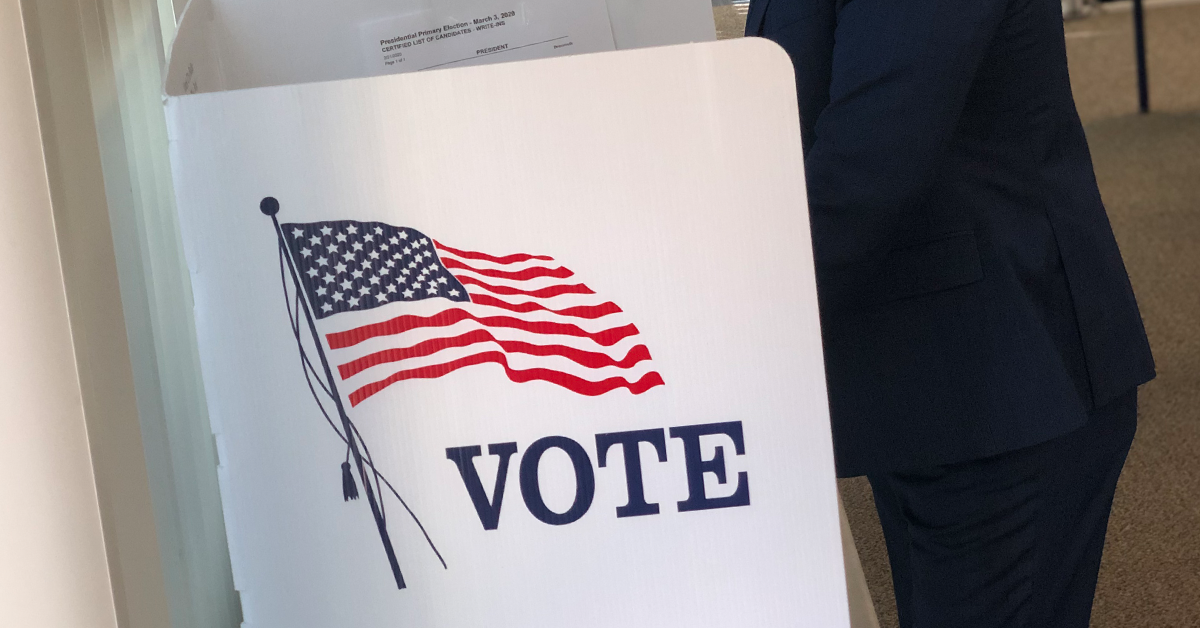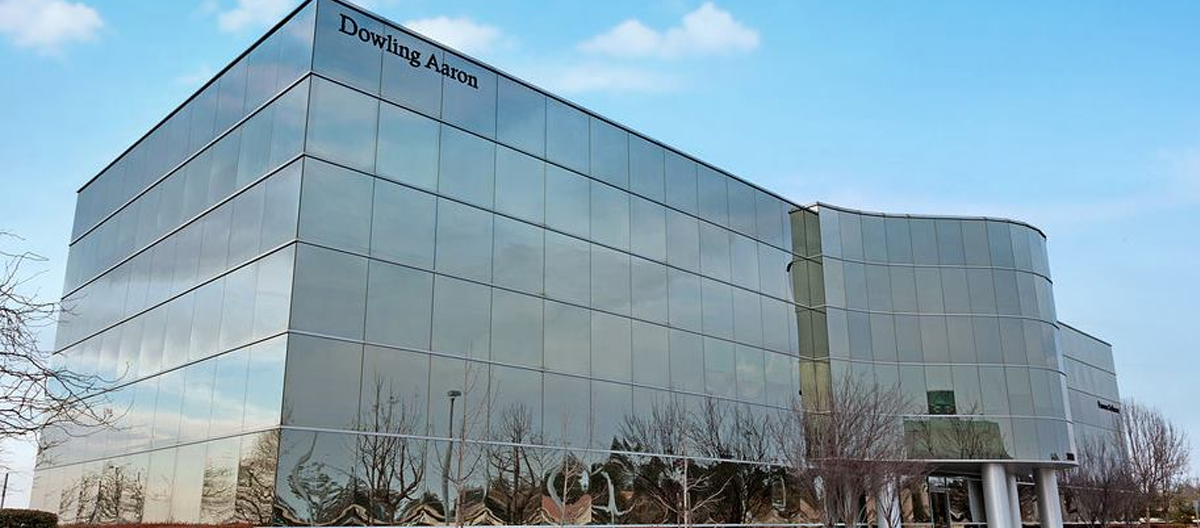After initially declining to lend support, the State of California has reversed course and will send a letter of support to the Federal government to back the expansion of a critical stretch of Highway 41 from two to four lanes.
The dangerous six-mile span lies on the border of Fresno and Kings counties, peppered with signs about its status among motorists as a “death trap.”
Assemblyman Jim Patterson (R–Fresno) and Fresno County Supervisor Buddy Mendes announced that the state has come around, just days after they voiced their concerns about the lack of support.
At the center of the argument was that the six-mile segment was always part of the plan to finish the highway and not just an increase in capacity.
Newsom administration officials have stuck to a hardline against highway capacity increases.
“We clearly made a compelling case that this stretch of 41 is not a capacity building project, it is a gap closure,” Patterson said. “It’s a critical safety project. The letter is a very good start – and it does send us a very positive signal – but we do have a ways to go yet.”
The letter of support will be included with Rep. David Valadao’s (R–Hanford) $20 million transportation project funding request with the House Appropriations Committee.
Now that state transportation officials are backing the project, Patterson is hopeful that Federal lawmakers will grant Valadao’s request, which will help close the funding gap to make the much-needed expansion a reality.
Up next is a meeting with California State Transportation Authority Secretary David Kim, which will take place in the next few weeks, Patterson said.
The key of that meeting will be to convince Kim to place the project in the 2022 Interregional Transportation Improvement Program (ITIP).
Without that placement, the project will not receive the funding it needs from the state – which would go along with federal and local money – to be completed.
“It will be there that we will be making the case that the state needs to come to the table with funds as well – must be in the ITIP or it doesn’t get funded,” Patterson said. “We think we have a much better case to make and a much more receptive Secretary of Transportation because of the fact that we’ve been assured that they will support the Federal funds. They have moved past criticizing it as a capacity building, which signals to us they understand that this is a completion project and a safety project.”
With the total project slated to cost $65 million, the state’s portion could come in at $16 million, which should be easily doable according to Patterson.
“If $16 million is what’s needed – and the Feds come in and we do our part locally – this is mere budget dust for the state of California,” Patterson said. “California is awash in money.”









